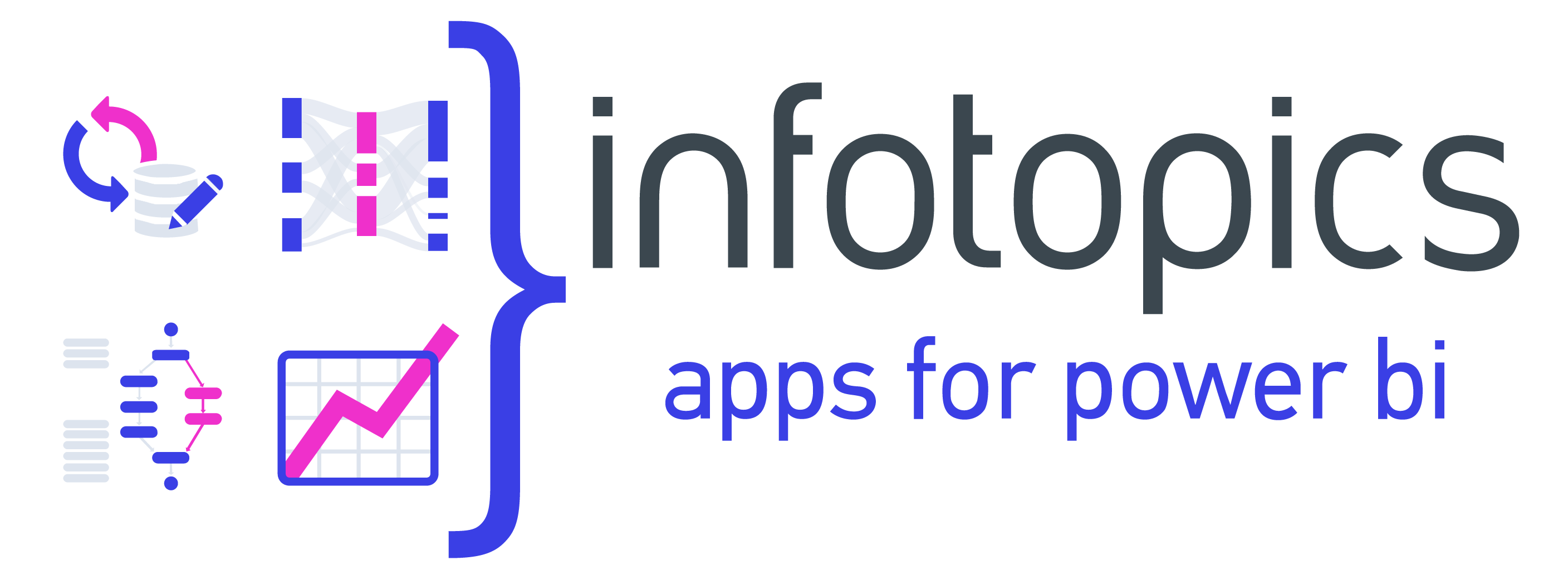Use cases for SuperTables
Most companies use Excel for manipulating data and reporting. However, that often doesn’t satisfy their needs and could pose security challenges to daily operations. Using Excel together with PowerBI means that the data is spread across different platforms, which poses security challenges.
Usually, Excel is used because it’s the platform that most users are used to working in. However, once a company implements a BI tool, such as PowerBI, it’s vital to have all users work in one central place that fulfills the organization’s reporting needs. This is where SuperTables comes into play.
Use Case 1 – Create Customizable and Dynamic Tables in Power BI.
One of our clients is a globally known fashion brand. Their Power BI users like having the ability to manipulate their data within Power BI to obtain the necessary insights. Previously, they would use spreadsheets to fulfill these needs. However, moving the data analytics to Power BI, it is best to be able to perform this activity in one place. This is what they achieved with SuperTables for Power BI.
SuperTables offers dashboard viewers the power of interactive and dynamic Excel-like tables in Power BI. Thanks to the self-service offered by SuperTables, viewers can decide how to organize and analyze the data in a flexible grid without leaving the secure environment of Power BI.
“Since SuperTables is so user-friendly, we find that our stakeholders intuitively know how to navigate the tool & feel empowered to conduct their own analysis. We’ve had great success introducing teams who power-use spreadsheets to Power BI by bridging the gap with SuperTables.”
– Director of Data Analytics at a Fashion Company.
Use Case 2 – Eliminating the Need to Export to Excel.
SuperTables eliminated the need to export vital data to Excel for another one of our customers so that front-line users could work on it in their familiar environment. This practice posed risks to the relevance and security of their data. With SuperTables, they were able to implement 100% user adoption, meaning that all their front-line users could now freely work in Power BI thanks to the Excel-like functionalities of SuperTables.
“For us, there are millions at stake. That’s why it’s crucial to have 100% adoption in the sales team and allow the end users to organize their work directly in SuperTables.” – Vice President of Analytics at an Investment Company.
Use Case 3 – Customizable Tables Based on Role’s Needs
Frequently when end-users have specific requirements for how their data should be presented in a table in Power BI, they go to the development team as they are the ones that create dashboards. This then creates a lot of work for the developers, who need to frequently create customized tables to satisfy the different departments’ needs.
One of our clients – a retail company – was experiencing the same problem, and SuperTables showed its true superhero qualities for their use case. By implementing the extension in their Power BI dashboards, developers could build one big table, which could later be seen through various business roles’ views. In this way, all end-users could create their own views with only the necessary information for them, saving developers from the task of building numerous different tables. This self-service functionality of SuperTables truly brought value to the company.
“Now, users don’t have to go back to either the BI or my team and ask us to build specific tables for their needs. They can do it themselves with SuperTables.”
– Data & Analytics at a Retail Company.
All our customers reported that SuperTables helped them with improving their data security, centralizing their work on one platform, saving time when preparing dashboards and giving their users the ability to work independently thanks to the self-service and user-friendliness of the Extension.
Are you curious to experience the value yourself?
